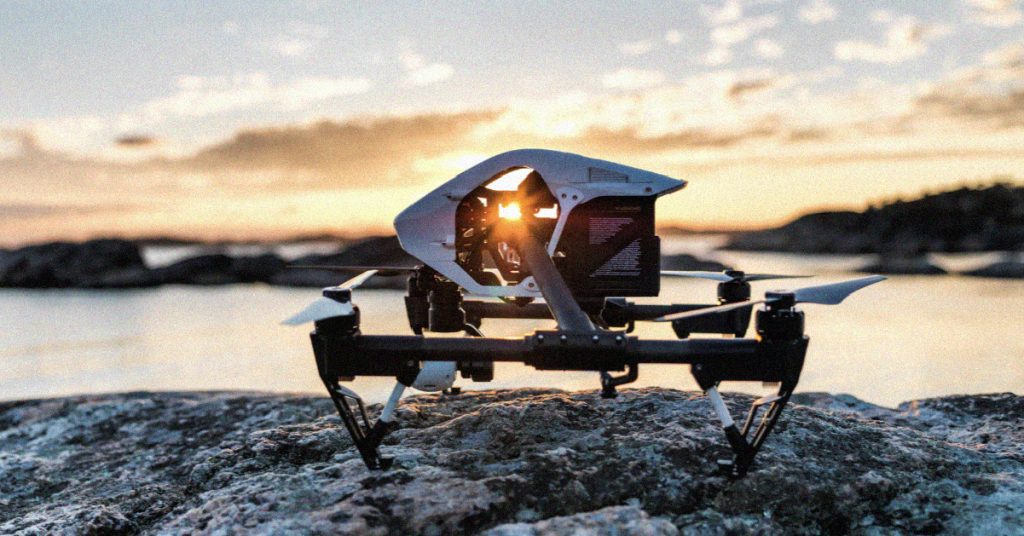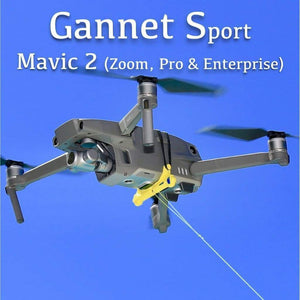
This article will cover the basics of a drone fishing device. We will also discuss what to look out for when selecting your drone, battery life and payload. After that, we'll look at some ways to get the most out of your drone. You'll find some great tips and tricks in the following sections. You will soon be able to fly the drone of your dreams. Let's go !... and maybe catch some fish!
Basic drone fishing rig
To begin drone fishing, you'll need a good selection of hooks. The fishing line should have a doubled length and be either mono or braided. A Cat's Paw Loop or Uni knot should be tied to the fishing line. You'll also need a sinker between 2-8 ounces and hooks for attaching to each second section of your backbone. Attach the snap swivel's lead loop to your drone's end loop.
There are many ways to create a fishing drone. A basic one involves attaching a hook to the landing gear of the drone and spinning it until the line releases. Other low-cost ways include using a dropper to keep the fishing line below the drone and a drop line. Droppers are a way to keep the main line from getting caught up in propellers. You can add accessories to your fishing drones, such as a dock and a battery pack.
You'll need some additional equipment after you have purchased your basic drone fishing kit. A fishing line that is approximately 700m long, as well as a bait-dropping apparatus are required. These are optional extras but will make your drone fishing trip more enjoyable. A good drone will allow you to see more of your surroundings and be able spot fish much easier.

Payload on drone fishing rig
Be aware of safety precautions if you want to catch fish by drone. Your drone should not be flown in strong winds or rain. Here are some guidelines to follow:
First, ensure that your drone can carry a lot of weight. If you load it with heavy lures and braided line, it will not be stable. It may also blow off its course if you are fishing along the coast. It is important to review local regulations and laws. Some may not allow you to fish from a drone. A drone with good carrying capacity is essential if you plan to fish from it.
Next, determine the accessories that you'll need for your drone. A good rule is to choose a rigging solution that has a central attach point in order to minimize weight distribution. The best attachment points for drones are motor struts, landing gear, or legs. It is important to avoid attaching any payload to the camera and gimbal because these can damage them. A simple solution is to tie a length of fishing line from one corner to the other. Tape can be used to keep it from falling apart.
Battery life of drone fishing equipment
Before you go fishing with the drone, check that the batteries are charged and all other equipment is working properly. This will prevent your drone from running low on battery life, and you can focus on fishing instead. You may be able to charge your drones using solar panels or batteries from your car. It is a good idea to start with fully charged batteries. This will ensure that your drone can fly immediately after you arrive at your fishing spot.

You should also consider the drone's flight duration. Although some drones have longer flight times, others can fly for as little as twenty-two seconds. This is great if you're looking to spend hours on the water with your drone. But you should be aware that a drone with limited endurance will be inoperable and will make it nearly impossible for you to catch fish.
After setting up your fishing rod, attach the fishing clip to the drone's legs or motor struts. Then, attach the bait to the fishing line. Be sure to lock the reel before you fly the drone and unlock it when you're ready to drop the bait. When you take the line out, tension builds and the drone drops the bait in the water. It is important to charge your battery before each use or the drone may stop working properly.
FAQ
Do I need any special training to fly drones?
You don't require any special training to fly your drone. A remote control unit is all you need. You also need to have some basic knowledge of flight mechanics.
How can I keep drones out of my house?
Drones are becoming more common for home surveillance. However they can also be a threat to privacy or security. If you want drone attacks to be avoided, you can install motion sensors all around your property. These sensors will detect any flying objects that are not authorized.
What is the law about drones flying on private property?
The FAA has recently issued new rules for commercial drone flights. These rules apply only to UAVs weighing less than 55 pounds and flying below 400 feet above ground level. Commercial operators will need to register with FAA and get a license from agency. They must also obtain permission from local authorities if they plan to operate in restricted areas, such as airports.
Is it possible to fly a drone at high altitudes without a license?
The FAA doesn't limit how high you can fly your drone. You will need to register your unmanned aircraft system (UAS), including the registration number and model name, weight, dimensions, serial number, manufacturer's number, date manufactured, and any other information.
Statistics
- According to ZipRecruiter, the minimum hourly wage of drone pilots is $20. (thedroneu.com)
- According to the multiple listing service (MLS), houses and apartments with drone photographs are up to 68 percent more likely to sell than those without pictures. (thedroneu.com)
- According to Indeed, a drone pilot gets paid $25.73 per hour on average in the US. (dronesgator.com)
External Links
How To
How to Select the Best Drones for Photography
This article will help you choose the right drone for you. We will show you what features to look out for when purchasing a drone.
Firstly, let's start off by looking at some general tips for choosing a drone for your own use.
Before you buy any product, the first thing to think about is its size. If you're going to take photos from above, then you'll probably find that a larger-sized camera is easier to control than one that's smaller. This is especially true if your are a beginner pilot. You don't want get in trouble for being too afraid to take the plunge higher.
The second thing you need to consider is the image sensor's quality. The larger the sensor, you can capture better quality images.
You may also want to consider buying a remote controller. A remote controller allows you to locate your drone in space and makes it easier for you to fly.
You'll also need to decide whether you want a fixed mount to use with your camera or a gimbal. A gimbal allows you to shoot stills while flying. It makes it easier to hold steady and gives you a wider range of movement. These are more costly depending on what you want.